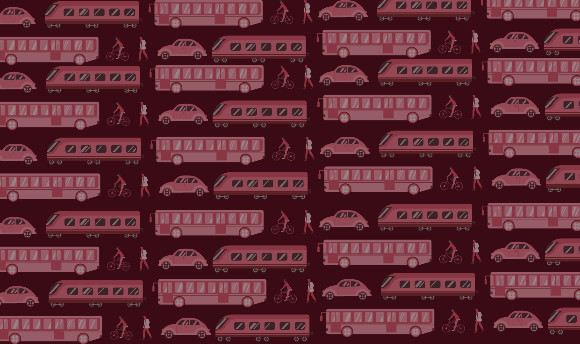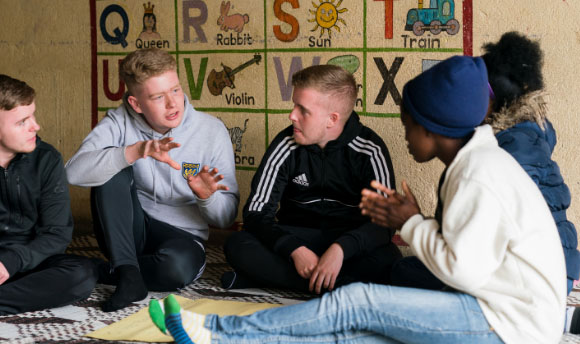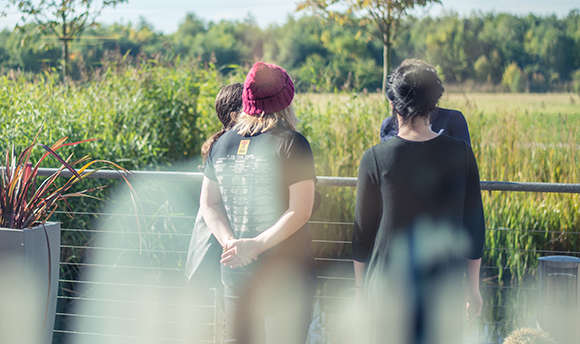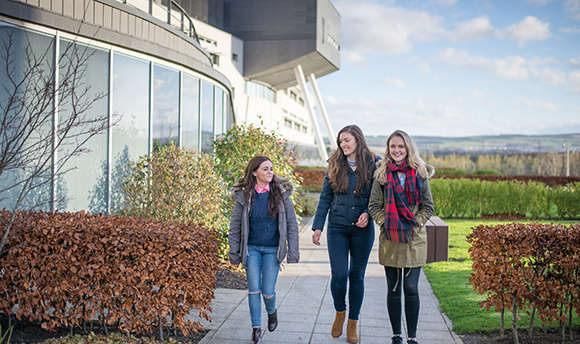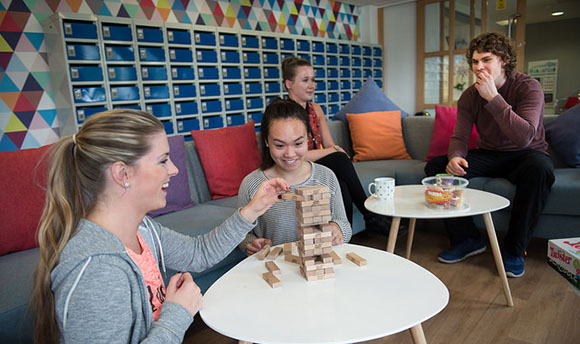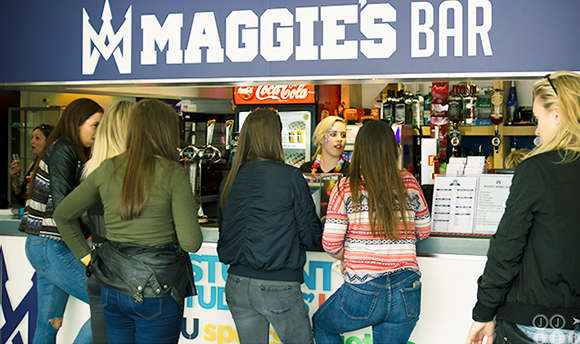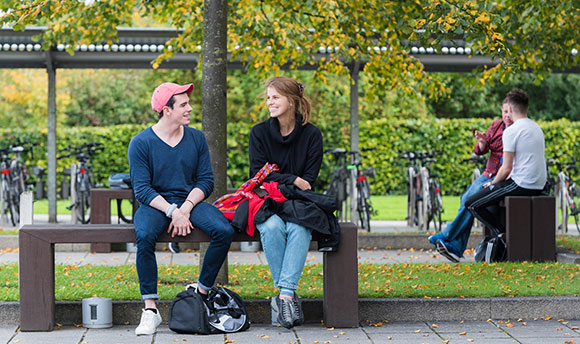Kerieva McCormick (KM), Director/Choreographer and Honorary Research Fellow at QMU, in conversation with Ann-Christine Simke (AS).
AS: Hi, Kerieva! Thanks for joining me for a chat! How is your work developing under these physically distanced circumstances?
KM: Thanks for having me! Well, my production plans for this year, directing KAM-RI Dance Theatre, were always focused on the research and development of the show I am working on. However, I had to come up with a digitally rooted methodology for my practice. The technologies we all use daily are made for the corporate world, and as artists, we have a responsibility to try and bend those technologies out of shape to make them fit our creative practice. That was something I played and experimented with a lot. How do I digitize the practice, but still keep the essence of the creativity?
Regarding QMU and my plans to interact with students and bring them into my practice, we will need to work out a physically distanced format temporarily.
AS: What project are you working on at the moment?
KM: I'm working on ‘Kill ‘Em With Love’ a project about the life of Ari Up, who was a member of seminal 1970’s female punk band The Slits. She was unbelievably innovative, creative and daring, and it's the 10th anniversary of her death this year.
A few years ago, the remaining members of The Slits released a documentary about the history of the band. The format of the documentary was based on a physical scrapbook, which really sparked my imagination as a possible working method. So, I started to compile my dance vocabulary or ‘somatic scrapbook’ from video recordings of live gigs of the band. Ari had a very particular form of dancing. Bass guitarist Tessa Pollitt was a close friend and bandmate of Ari’s, and she described her dancing like an “animal kung-fu bird”.
AS: Amazing!
KM: Yes! I found out that she was influenced by the reggae singer Jah Shaka. He had this birdlike physicality about him, and Ari adored this. It was amazing to hear the origin story of her dance and her physicality. I then took about 10 to 12 movements and said to my dancers: “This is our scrapbook. And this is where we are going to begin devising.”
AS: How are you facilitating a digital rehearsal format?
KM: I am a very visceral person. I use a lot of materials in my work - very touchy-feely stuff. So I find this a challenge. But the determination to continue working during the pandemic was stronger than feeling defeated by the dilemma.
What’s wonderful about this situation is that I can work with dancers that are anywhere! One of the dancers was working in Barcelona at the time; one dancer was working in Switzerland… I would work with them individually, and they would carry out tests in their location. I had to instruct them on how to film themselves, and I worked with my videographer on how best to advise them. I also gave the dancers some research to do about the era and about Ari. They had to watch documentaries, look at photographs and film footage. I wanted them to really understand and inhabit the time, rather than just watch a clip of the band and imitate a character. I didn't want imitation. I wanted a very embodied sentiment coming through of what it was like to live them and be them. And to understand why their influence is so important.
AS: How do you make up for the physical absence of other dancers in the room that is so important for creating new dance work? Can you make up for it?
KM: I don't think you can make up for it in the same way. In the same way that making digital work isn't making live work. You're not trying to replicate something that isn't there. The dancers weren’t completely alone, they chose a willing friend to film them. The locations that they had found - within a ruined building, or in a factory, on a bandstand, or on a heavily-graffiti railway bridge - were really wonderful. Additionally, they had to play off their environment, including potential passers-by.
I would then give feedback on the work, send notes, and talk to them; encouraging them to keep searching, keep finding! The dancers also spoke to each other as friends and colleagues, which helped to keep the feeling of being in a company under normal circumstances.
AS: What will you be showing this Friday, on the 30th?
KM: My colleague, videographer Kim Beveridge, will be filming me live at QMU theatre being joined via zoom by our guests in London: (“The Slits” bass guitarist) Tessa Pollitt, (musician and BAFTA award-winning film director) Don Letts and (music producer) Adrian Sherwood. They all were good friends of Ari’s, and they are my key informants regarding the story, checking that I am on course dramaturgically.
When I'm developing, I still like to present a stand-alone piece of work (being the dance film). It also performs as our response to coronavirus, which I felt a responsibility to do during this pandemic. The film introduces the idea of the show that we are devising, features dancers that will continue with us through to performance, and features Ari’s music. And music is a driver of this show, and it's incredibly important.
AS: In what way were you forced to rethink your relationship with audiences?
KM: I have to reconceptualise my idea of the audience for the future. We don't know how long things will remain as they are, and I am completely committed to creating a live experience for the public. If we decide to do the full show without a live audience, I will create a different show. Originally, I had wanted this to be quite participatory. Dancers would be using the audience, breaking the fourth wall and moving all over the space. So, the question for me going forward is how to offer a digital audience, something that is more visceral than just clicking on a video...
If you are interested in watching this Friday 30th October from 6pm, you can join the Facebook Event.
